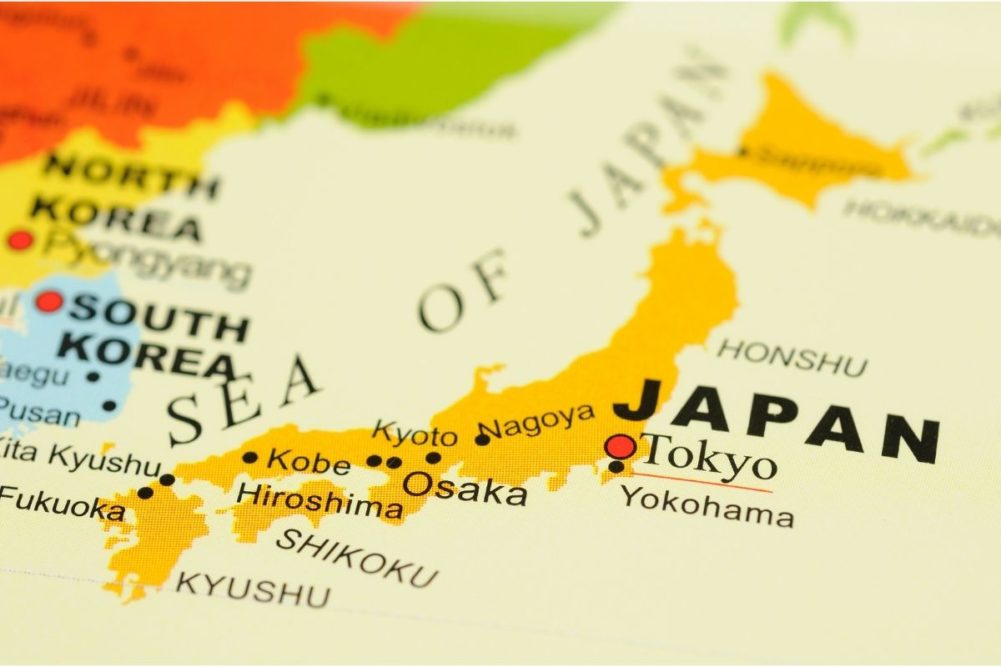TOKYO, JAPAN — Farmers in Japan are lowering rice production and investing in wheat and soybeans in response to globally high prices caused by Russia’s invasion of Ukraine and continuing dietary trends, Japan Today reported, citing a Ministry of Agriculture, Forestry and Fisheries survey.
Among Japan’s 47 prefectures, 37 said as of the end of April that they will reduce cooking rice acreage from a year earlier, up from the 22 prefectures that responded the same way in the previous January survey, the ministry said. Twenty-seven prefectures plan to expand production of wheat while 30 have said they will increase their soybean crop.
Currently, 80% of the wheat and 90% of the soybean used and consumed in Japan is imported, and their prices have increased sharply as Russia and Ukraine are their major producers. Rice has been on a downward trend in Japan since 1962 amid growing diversification of diets and a population decline, and consumption was further slashed by low demand from restaurants due to the COVID-19 pandemic.
The ministry estimates the total area set aside to grow cooking rice in the country will decrease by 35,000 hectares, but it recommends a further 4,000 hectares should be reduced to bring down production to match the level of demand at around 6.75 million tonnes.
While the government has encouraged crop conversions from cooking rice, 42 prefectures answered in the survey that they will increase production of animal-feed rice. In its April report, the Foreign Agricultural Service (FAS) of the US Department of Agriculture noted increased use of rice as feed as table rice consumption drops, supporting growing poultry flocks and swine herds.
FAS Tokyo had forecasted marketing year 2022-23 area harvested for rice to be 1.51 million hectares, down 10,000 hectares from 2021-22, and production to be 7.55 million tonnes, down 90,000 tonnes.
Wheat production was projected by FAS Tokyo to reach 1.15 million tonnes in marketing year 2022-23, while production of soybeans was expected to be 232,000 tonnes.






